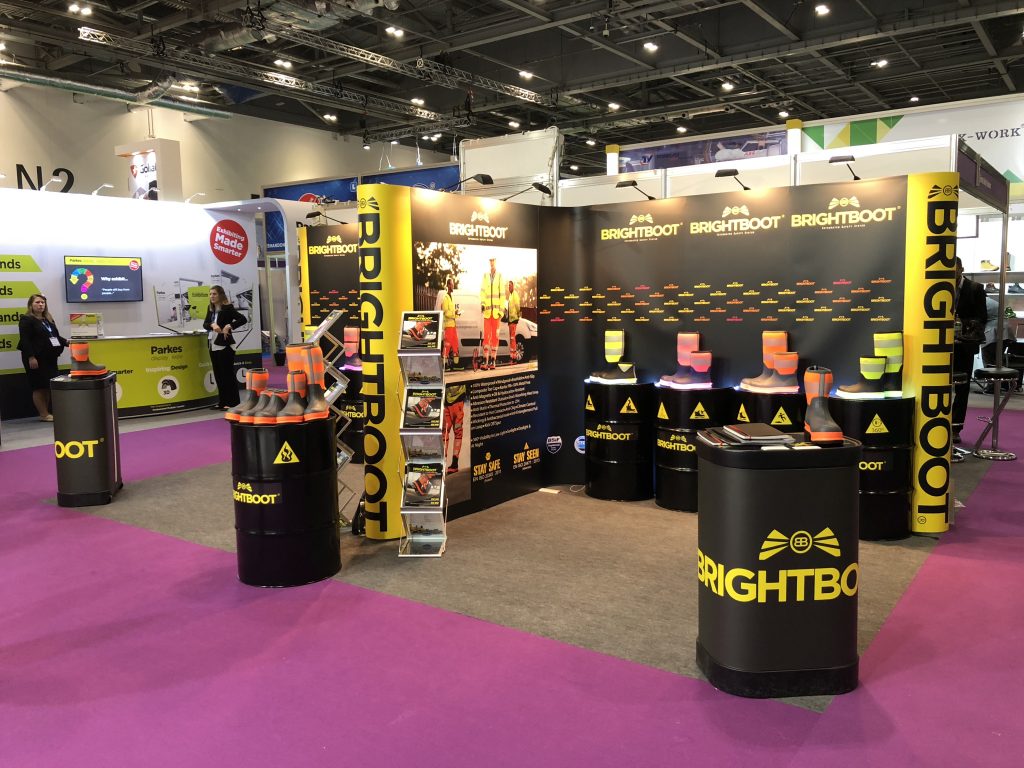Building Foundations Locally Before Casting the Net Wider
When a new business starts up, one of the first calls to action is often to begin developing an online presence. After all, a website can technically provide access to anyone from around the world. Without it, outreach was restricted to a 10-mile vicinity. For many new and small businesses, It appears the logical choice when deciding on where to market the business. However, neglecting local marketing can and has proven to be the downfall of various companies. One high-profile example would be the supermarket chain, Tesco. With aspirations to expand their operations across the globe, the spotlight was pulled away from the core of their business.
As the company channelled its efforts into ventures in the US, competitors back in Britain regained ground on Tesco. Having invested upwards of £1.5billion into the venture, they eventually pulled the plug to re-focus its operations in the UK. While blaming their troubles wholly on the US venture would be inaccurate, but a combination of that and other serious issues led to customers staying away from its superstores. It is true that the target market is significantly smaller locally. However, those repeat customers form the foundations of any small business, so even with the rise of the online marketplace, local marketing must still be respected.
What is Local Marketing?
Local marketing is commonly associated with knocking on doors, handing out flyers and standing outside shop fronts with signs. This is true in essence. Although in the age we live in, this approach is ineffective for your budget and your time. Digital technology has great potential for small businesses to access their local community without the need for time-consuming and expensive traditional techniques. In the past, communities used to gather in village halls and public houses. Now they have Facebook groups and Twitter feeds. Word-of-mouth has always held great value for businesses. Therefore, local marketing techniques must adapt to cultural trends to establish and nurture that trust.
If a customer is looking for a plumber, electrician or mechanic, the chances of them first going to the phonebook are far lower than in the past 10 years. The process is made simpler by going online, searching for the service they require, followed by their location. This will throw up tens of thousands of results to their query. If the first link that pops up is adorned by five stars and positive reviews, it is unlikely that the customer will look elsewhere. Local marketing now exists in a physical and digital space. So, nurturing techniques for both is crucial for any business to create a solid foundation of contacts.
Local Marketing Online
So, assuming your target audience is particularly ‘tech savvy’, the first thing you will be looking to do is to ensure your business is first for their search query. This is where having a website and ensuring onsite SEO is optimised will be crucial. Emphasising keywords on the page and optimising the design helps to show the search engine your website is worth ranking. Afterwards, improving the ranking further works much in the same way as word-out-mouth recommendations. Creating rich content which others link to or encouraging existing clients to feature you is excellent for demonstrating that your site is trustworthy.
Delving into SEO can get murky, especially if you are a sole trader as it can begin to eat away at your time. If this is the case, then a technique which is valuable for any small business is to employ a review system. These are integral to create trust, and there are various providers out there to help. One of the key problems when searching for products or services online is that you can never be completely sure who you are sending your money to. Amazon and eBay sellers thrive on their reviews. These demonstrate to potential customers who are unsure that their offer is not ‘too good to be true’.
Event Marketing and How Not to Waste Your Time and Money
Marketing is not restricted to sitting behind a desk all day, however. Getting out and about remains incredibly important for developing a reputation. Networking events are often the instinctive reaction in this setting. However, the value gained from giving up a morning to meet with businesses which may not even be relevant can be draining for both your and your business. Use the internet to gauge events such as these as well as exhibitions and trade shows in the local area. These bring potential clients and partners together and also offers the opportunity to show the face behind the business. In the same way that a web order may be swayed by the design of a site, a face-to-face customer may easily be convinced by the individual they could be working with. Exhibiting with panel and pole display boards are an excellent way of creating a professional first impression.
Begin any tactic with a well-thought through strategy. One which allows you to allocate your time to local marketing as well as to your business. Making your marketing strategy a success will require constant tweaking and testing to perfect. Whether it’s an event you wish you attend or a goal for your website, ensure the target is constantly in front of you. Local marketing is effective for your business when done correctly, but can become a horrible time-sink which can drain your effectiveness rapidly.
The Potential of Local Marketing
As we’ve discussed, the aim of local marketing is to create a presence within the surrounding community. Word-of-mouth is an incredibly valuable asset for any business, therefore local marketing serves to get that form of communication flowing. Whether it’s the quality of the product, the efficiency of the service or the friendliness of the staff, this is what the business should be shouting about. The way we consume information, however, has changed. Phone calls and leaflets are quickly passed off as spam and a nuisance, which is where local marketing is adapting. A positive reputation in the local community will provide the lifeblood for any small business and as a result provides solid foundations for future growth.

Rap Industries design and manufacture office partitions and exhibition stands in Peterborough, UK. Established over 40 years’ ago, we have worked with clients in local and wider communities to create tailored solutions. For further information on the services we provide, either call 01733 394941 or send an e-mail to sales@rapind.com.
